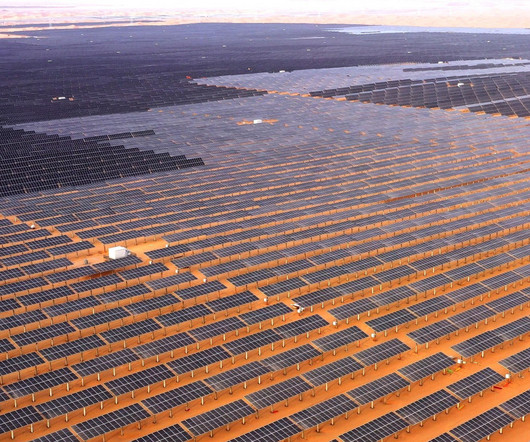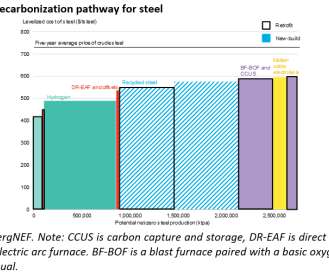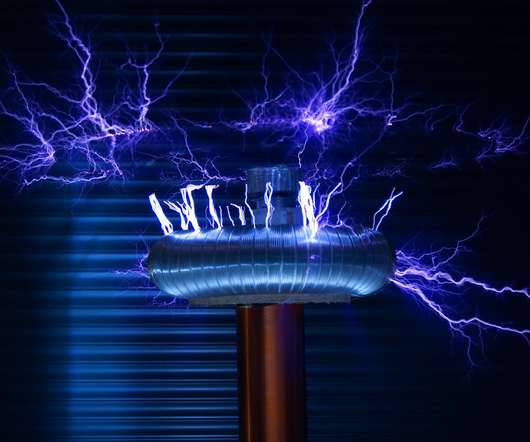Bloomberg NEF forecasts falling battery prices enabling surge in wind and solar to 50% of global generation by 2050
Green Car Congress
JUNE 19, 2018
The arrival of cheap battery storage will mean that it becomes increasingly possible to finesse the delivery of electricity from wind and solar, so that these technologies can help meet demand even when the wind isn’t blowing and the sun isn’t shining. Coal emerges as the biggest loser in the long run. BNEF sees $1.3
















Let's personalize your content